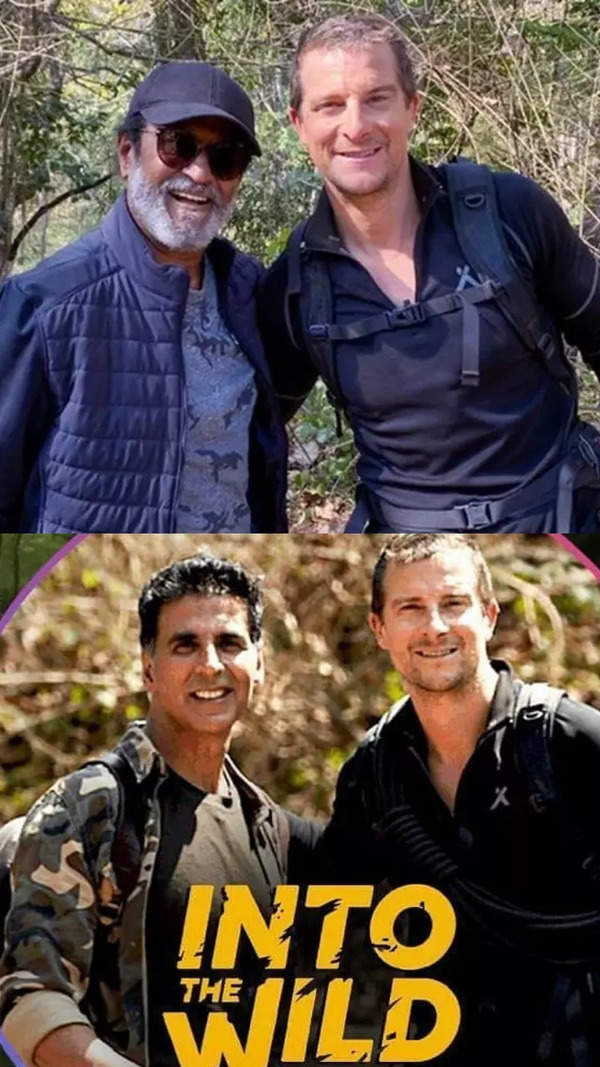- News
- Technology News
- Times Techies News
- Indian engineers are helping measure what people watch worldwide
Trending
Indian engineers are helping measure what people watch worldwide
Karthik Rao spent his formative years in Chennai and began his professional life in India before moving to the United States for further studies. He now leads the legendary media measurement company Nielsen. “I worked in India for a while, but I went to the US for business school and ended up staying. I thought I’d be back, but next thing you know, it’s been 25 years,” he tells us on the sidelines of the inauguration of a large new campus for the company in Bengaluru. He also never expected to helm a company that traces its origins back over a century, much less shepherd the firm through the disruptive times we’re living through.
“Nielsen has changed drastically in recent years,” he says. “When people think of us, they remember the old days of audience measurement, and that’s still part of our work. We place meters in homes, and households consent to share their viewing habits. But it’s evolved into so much more.” Today, Nielsen has expanded from television ratings to complex analytics across broadcast, streaming platforms, and digital domains. All of this in over 100 countries worldwide. “We collect data on who is watching, how long they watch, what content they choose.”
A lot of the engineering muscle that makes the company’s analytical engine tick across platforms is designed out of India. Indian engineers, Karthik says, are building an incredible range of machine learning models. “We combine panel-based data – where real households consent to share their media usage – with huge data streams from partners, such as OTT services and cable providers. Our models then produce accurate measurements of who watched what, on which platform, and for how long,” he says.
This type of work demands analytical sophistication: the platform must identify bots, detect viewing patterns in massive volumes of data, and merge those patterns with demographic information gleaned from panel households (panels are groups of selected individuals or households that are representative of the larger group and who provide data on their media consumption and purchasing habits over time.)
Karthik credits them not just with data crunching, but with creative thinking that pushes Nielsen beyond traditional measurement. “They’re using AI to identify the content itself,” he says. “We don’t only measure how many people watch a show. We also want to know what’s actually in that show, moment by moment – who the actors are, which scene is un folding, and even details like the emotional tone or the presence of certain products.”
AI’s central role
This deeper understanding of content, which Nielsen supports through its Gracenote division, is a direct result of AI-driven work streams led from India. “Our engineers are applying computer vision, audio detection, and machine learning models,” Karthik says. “We want to parse every detail of a piece of content, creating what we call the Gracenote ID – like a fingerprint for each programme, film, or advert. It’s astonishing to think we can track that content across platforms, so everyone in the media ecosystem speaks the same language. If advertisers now want to place their messages around sports highlights or family shows, they can identify precisely those moments.”
All of this means that the Indian teams are reimagining Nielsen’s role in the advertising industry. “Platforms like YouTube, Netflix, or local OTT services each have their own data, but advertisers need an impartial view that merges all these sources together. In India, the complexity increases because many viewers now watch sports or news on mobile devices. So we collect data from streaming providers and combine it with our panel. Our engineers handle massive data: we’re talking about 100 petabytes under management and more than 100 terabytes generated each day. That scale is exactly why we’ve invested in Indian talent.”
End of Article
Latest Mobiles
Follow Us On Social Media









